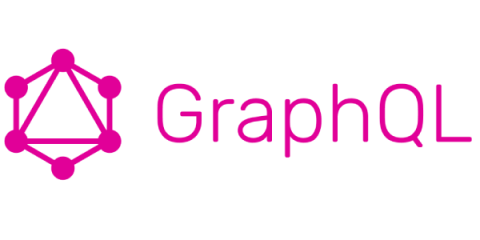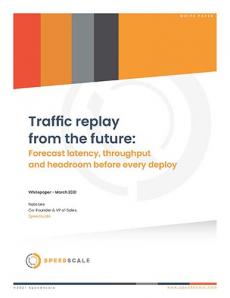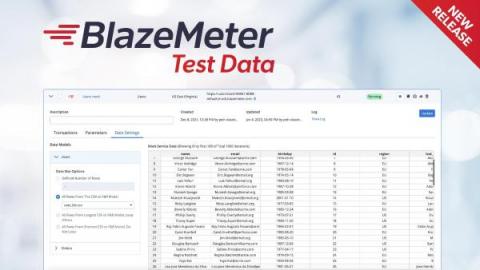Systems | Development | Analytics | API | Testing
Testing
Top 5 Kubernetes Load-Testing Tools and How They Compare
It's not for nothing that Kubernetes is a popular choice for running a cloud workload. It can be a powerful tool for orchestrating your applications. However, one thing that can often be a last thought in a production workflow, or maybe forgotten altogether, is load testing. It might be tempting to think that Kubernetes can handle it all. In many cases it can, but it's always smart to know how much your application can take. After reading this article, you'll be equipped to determine which tools would best serve you for load testing your application.
Performance Testing GrapghQL
In this Blog Post we are going to look at the GraphQL HTTP Request sampler and look at how GraphQL requests can also be made using a HTTP Request sampler in case you are for some reason restricted to an earlier version of JMeter (the sampler was only introduced in JMeter 5.4). We will also look at some of the principles of GraphQL.
Chaotic Performance Tests
Building performance tests that conform to a very specific level of load and concurrency is a standard approach to performance testing. You determine your peak levels of load and concurrency, and you build a test that meets this. You build soak test and scalability tests that conform to pre-determined levels of load and concurrency, and you execute these alongside the other scenarios you build to meet your performance requirements.
Fused Testing: Manual + Automated Testing from Testlio
How to take your QA test cycle from two weeks to two days
How to Develop a Structured Exploratory Testing Strategy
However, the flexibility of exploratory testing comes with the risk of ad hoc, random outcomes with no structure or consistency between testers, test managers, and projects. While testers should not be limited in their exploratory testing efforts, having a disciplined approach is a fantastic tool for gathering feedback, detecting errors, and enhancing UX.
Traffic replay from the future
BlazeMeter by Perforce Revolutionizes Testing with Built-in Test Data Generation
Shifting Accessibility Testing Left
Automated testing early in the pipeline for both web and mobile applications has become the standard for most development teams. Catching issues when they are faster, easier, and cheaper to fix provides tremendous value to a business both financially and through the improved quality of end-user experience.











